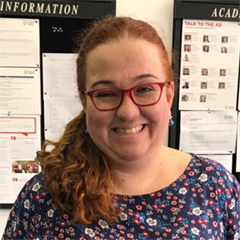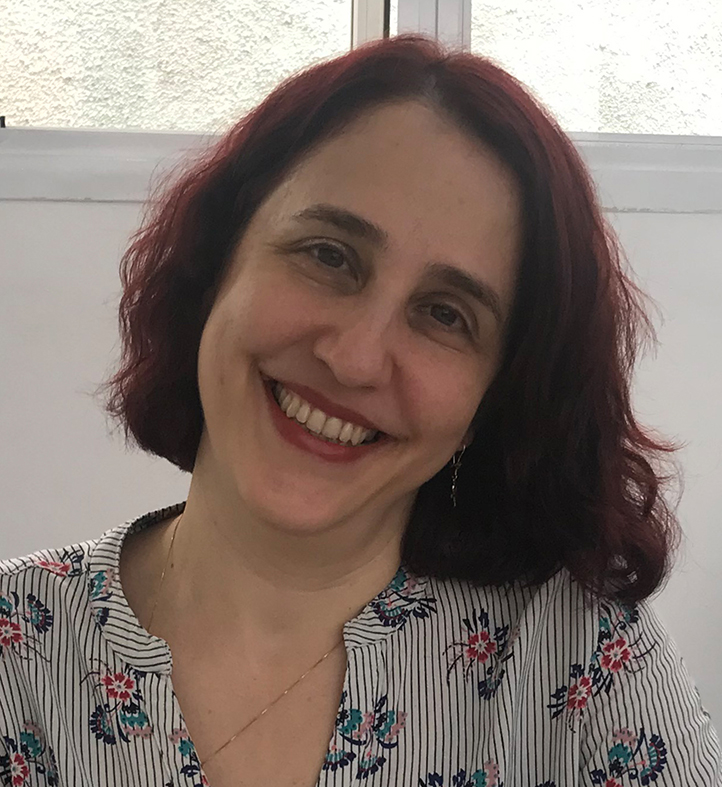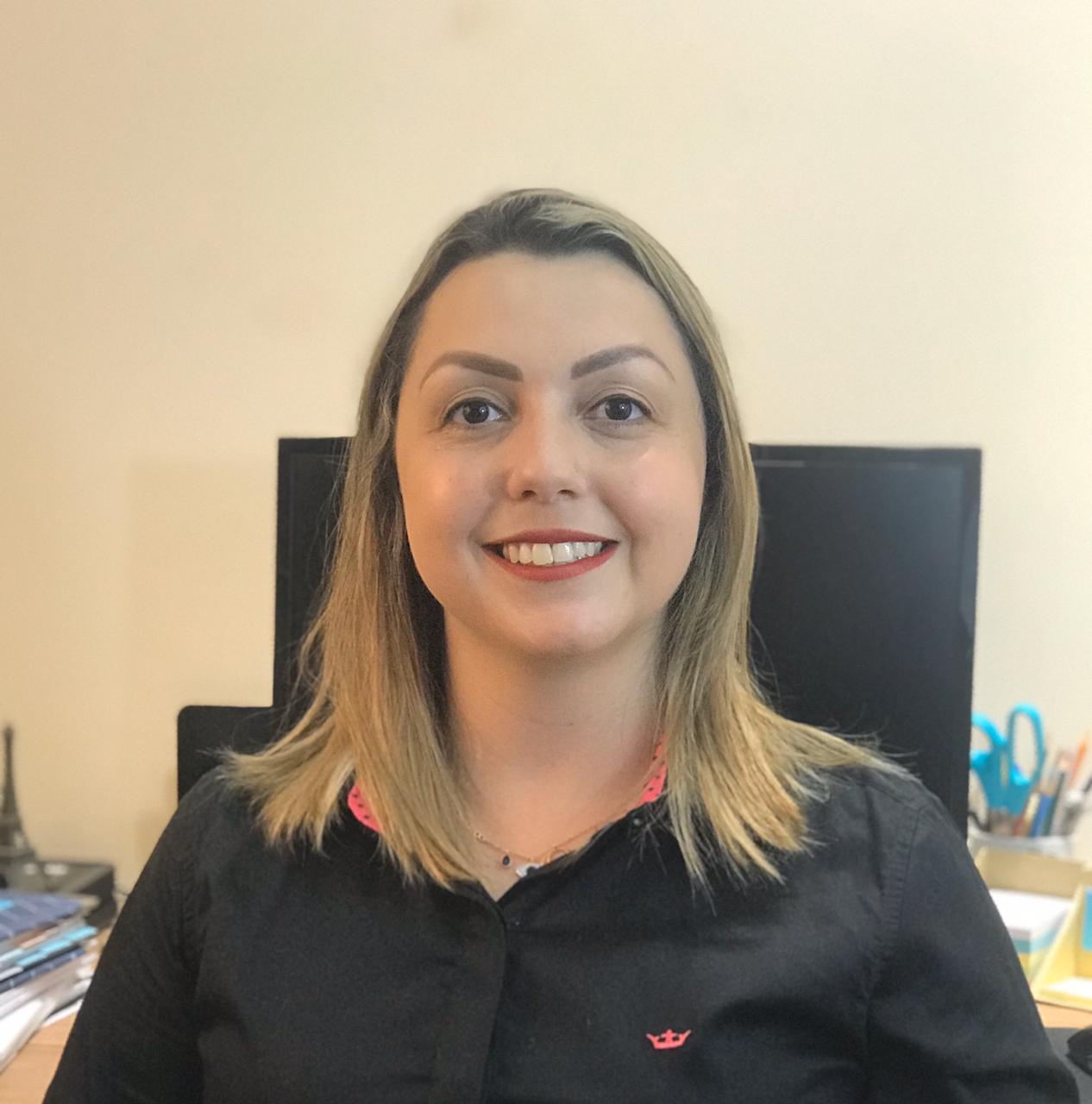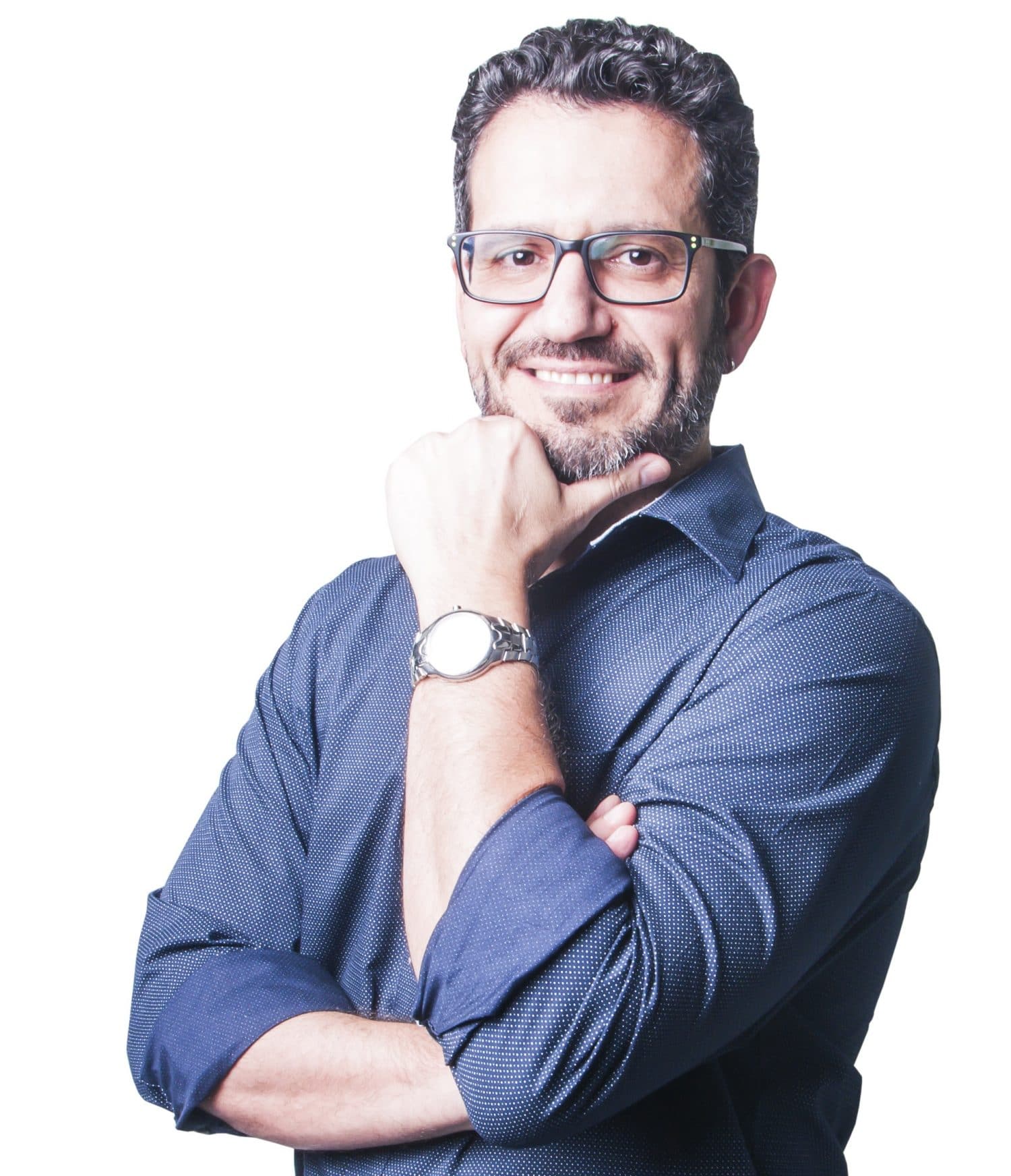The World is Bilingual
It’s a typical Saturday at the food court and the family in line in front of you is ready to order: the youngest one talks to her mom in fluent Spanish, the middle one talks on the phone in English and replies to his mom in Spanish, while the mom mixes Spanish with English in between her lines. The cashier looks puzzled while making a proud attempt to show off a few words he has learned here and there while watching Money Heist. The world is about to become a multilanguage villa where bilingualism is no longer an exception, but the norm.
We use the term bilingual to refer to the person who can communicate in at least two languages, regardless of how they learned those languages. Scholars currently recognize three types of bilingualism: compound, coordinate e sub-coordinate. Those who learn two languages in the same environment are known as compound bilinguals, they acquire one notion with two verbal expressions; those who acquire the two languages in different contexts (e.g. home and school) are known as coordinate bilinguals; finally, sub-coordinate bilinguals are those who have a clearly dominant language. Concepts that get intertwined as the notion of English as a lingua franca becomes widespread.
Much in the same way that we saw a boom in the number of language schools in the 90s, we now have bilingual schools popping in every corner making it hard for parents to tell the sheep from the goat. Things are not much different when it comes to teachers. They are often thrown into the classroom with little to no preparation.
Our students grow up playing electronic games online with friends from all over the world. More often than not, students will bring to class their own vocabulary drawn from pop culture and global entertainment. What about teachers? Do we know how to as guides to lead these eager bilingual brains?
As we teach on the fast lane, and this change takes place around us, I don’t believe there are definite answers to that question yet. However, I’d like to share some guiding principles that I’ve learned and applied.
Number one: go bungee jumping, take contemporary dance lessons or anything that scares you. This will help you prepare for the challenge you will face every time you open a classroom door from now on. You need to feel comfortable knowing that you won’t always know what you are doing.
Number two: foreign language is no longer the privilege of those standing in front of the class. Don’t stand in front of the class! Either metaphorically or literally. Keep your lessons student centered, step down the stage and let them shine.
Number three: Google it, go to a library, make it authentic. There’s a vast world out there and this world should be in your classroom. Learn how to learn and keep it interesting enough to spark students’ passion and curiosity.






